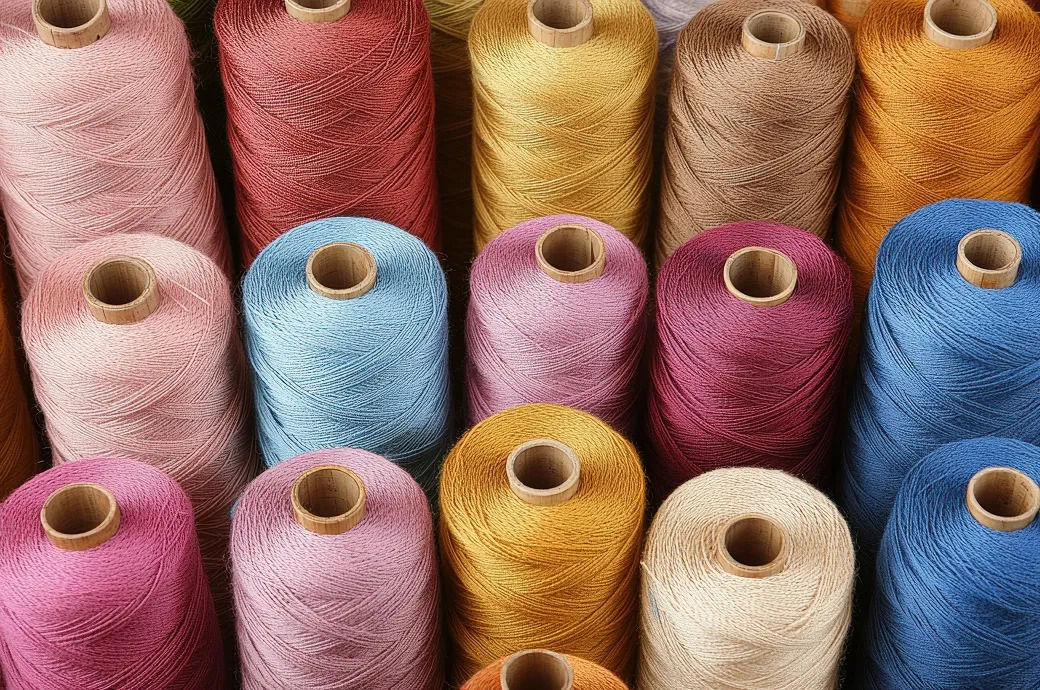Marks & Spencer has partnered with SDC Enterprises and UL VS UK to develop and produce a new Multifibre Adjacent fabric, SDCE Multifibre. The existing Multifibre fabrics (DW type), approved for use in M&S accredited testing, contain an acetate component which is considered to be no longer commercially relevant. This acetate component has been replaced by a lyocell component, which is more relevant to the fibres commonly found in modern fabrics for general apparel.
SDCE Multifibre LyoW is the first major development of a Multifibre adjacent fabric since SDCE Multifibre DW was introduced in 1987. The use of SDCE Multifibre LyoW will be exclusively for M&S test methods and M&S accredited laboratories. Extensive testing has confirmed that the specific regenerated cellulose fibre selected, the Lyocell component, provides an optimum level of staining to accurately predict the staining performance of the principal types of regenerated cellulose (Lyocell, Modal and Viscose), and their blends. The testing also demonstrated that the substitution of the acetate fibre with a Lyocell fibre does not, in any way, alter the staining performance of the other five fibre components.
To ensure continuity and reproducibility of the staining performance, between batches of SDCE LyoW and between merges of yarn, SDCE have introduced a number of new dye injection test methods. These tests will be conducted in addition to those methods, originally developed by SDC, adopted under ISO 105 F10 – as referenced in M&S C03.
To readily distinguish between SDCE Multifibre LyoW and DW type Multifibre, SDCE has positioned its security thread in the selvedge alongside the Lyocell component. SDCE Multifibre DW has the security thread on the same side as the wool stripe, wool being the most easily identified component.












